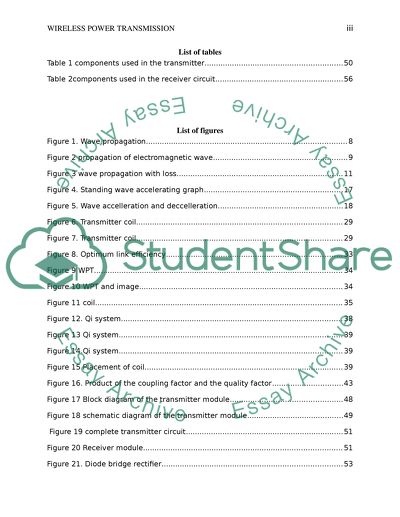Cite this document
(“Wireless Power Transmission Essay Example | Topics and Well Written Essays - 2500 words - 1”, n.d.)
Wireless Power Transmission Essay Example | Topics and Well Written Essays - 2500 words - 1. Retrieved from https://studentshare.org/engineering-and-construction/1672485-wireless-power-transmission
Wireless Power Transmission Essay Example | Topics and Well Written Essays - 2500 words - 1. Retrieved from https://studentshare.org/engineering-and-construction/1672485-wireless-power-transmission
(Wireless Power Transmission Essay Example | Topics and Well Written Essays - 2500 Words - 1)
Wireless Power Transmission Essay Example | Topics and Well Written Essays - 2500 Words - 1. https://studentshare.org/engineering-and-construction/1672485-wireless-power-transmission.
Wireless Power Transmission Essay Example | Topics and Well Written Essays - 2500 Words - 1. https://studentshare.org/engineering-and-construction/1672485-wireless-power-transmission.
“Wireless Power Transmission Essay Example | Topics and Well Written Essays - 2500 Words - 1”, n.d. https://studentshare.org/engineering-and-construction/1672485-wireless-power-transmission.


